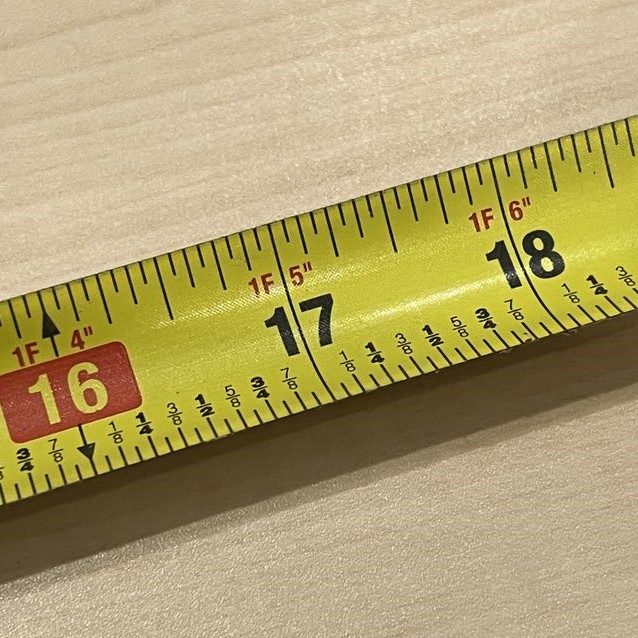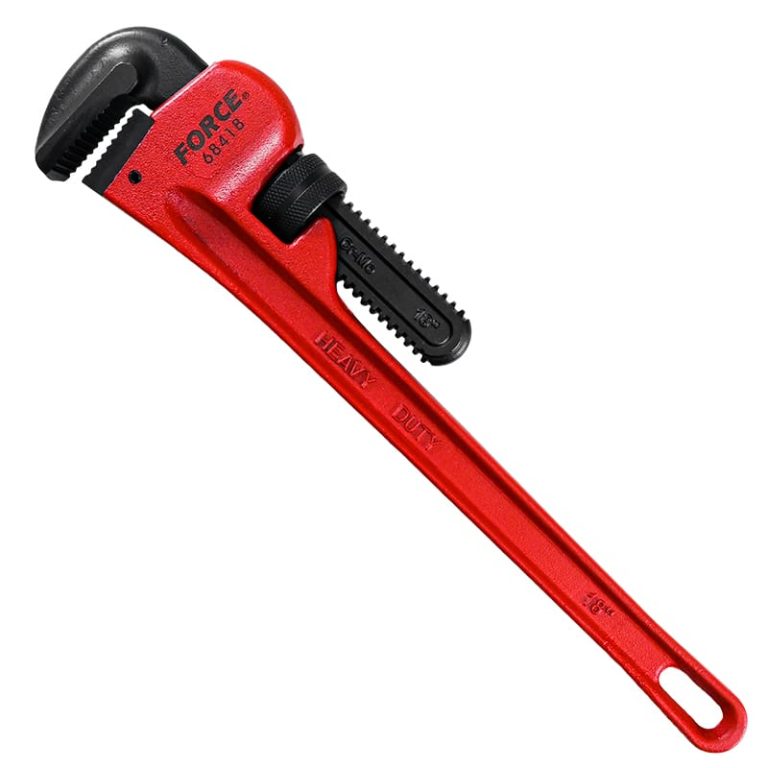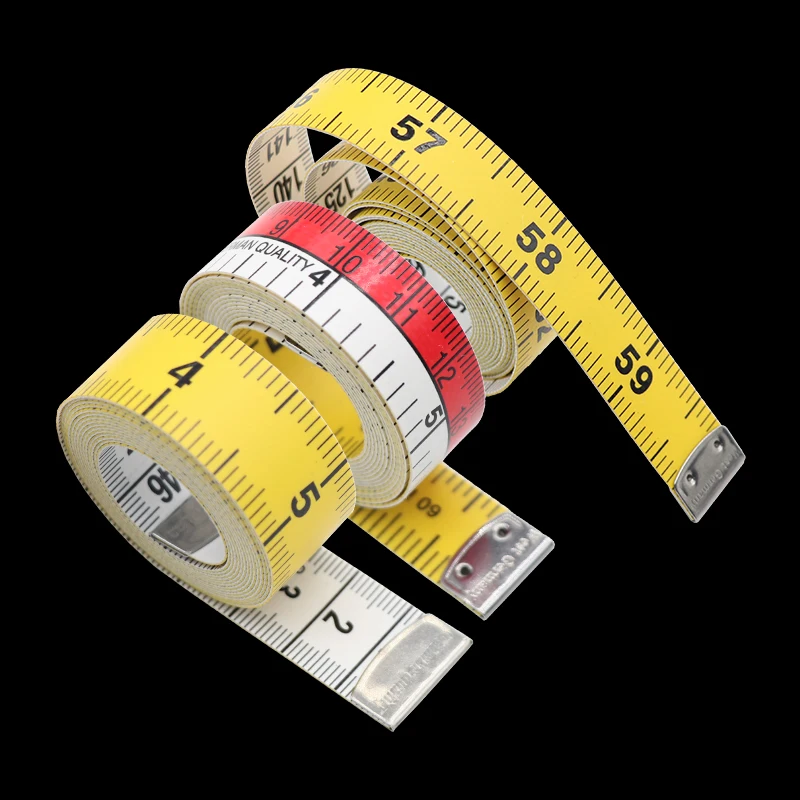
Tape Measure Measurements: Mastering This Essential Tool
Accurate tape measure measurements are fundamental to the success of any project, whether you are engaged in construction, woodworking, DIY home improvements, or crafting. Understanding the nuances of tape measure measurements can significantly enhance the quality and precision of your work. This article explores the various aspects of tape measure measurements, providing you with the knowledge and techniques to achieve flawless results in all your endeavors.
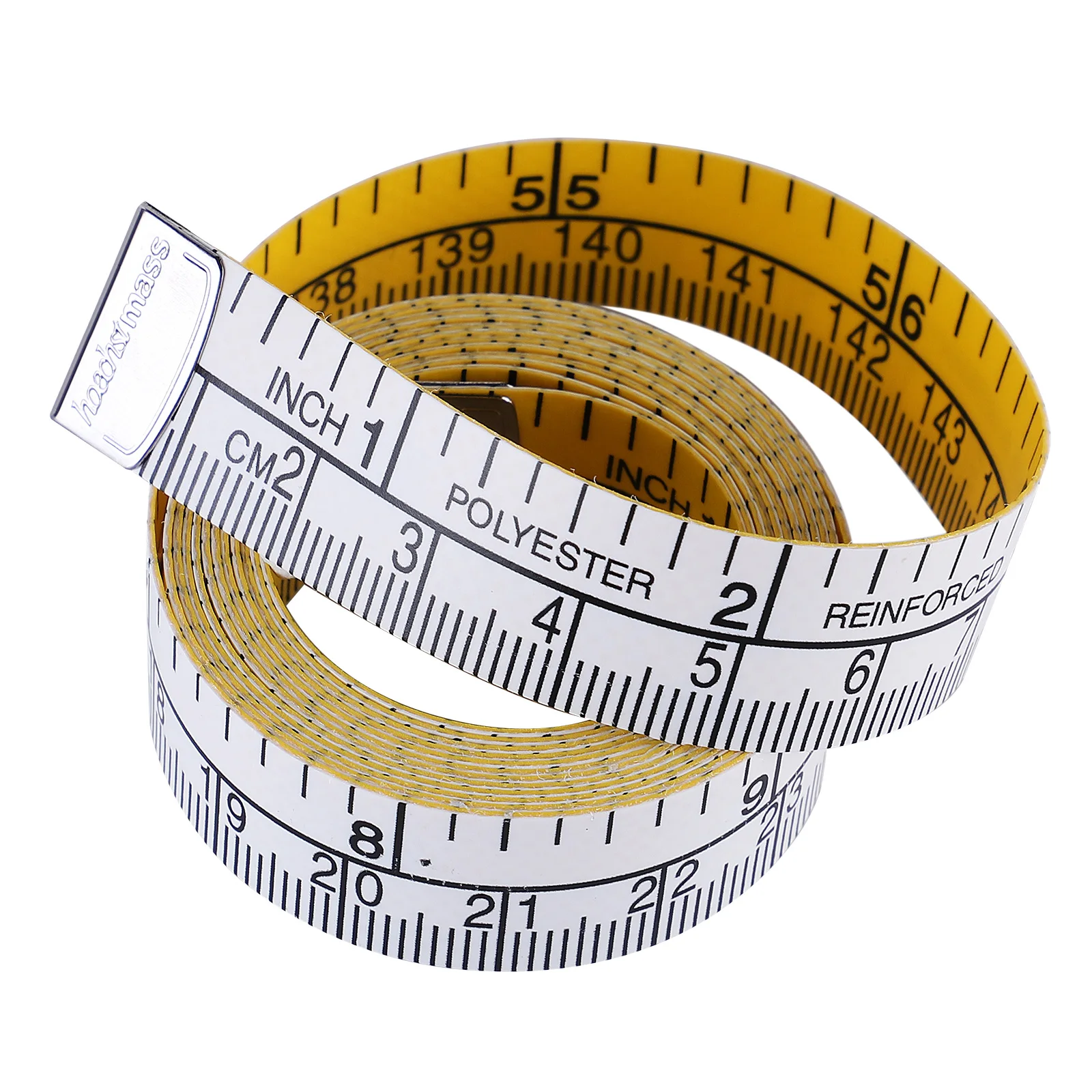 Understanding the Basics of Measurements
Understanding the Basics of Measurements
Components of a Tape Measure
A tape measure typically consists of a metal or fiberglass tape housed within a durable case. The tape is marked with various units of measurement, including inches, feet, and centimeters, allowing for versatility across different projects. Key components include the hook at the end of the tape, which allows for precise starting points, and the markings that indicate incremental measurements such as fractions of an inch. Understanding these components is essential for accurately interpreting tape measure measurements and ensuring reliable results.
Reading the Measurements Accurately
Accurate reading of tape measure measurements involves understanding the markings and their corresponding values. inches are typically divided into fractions such as halves, quarters, eighths, and sixteenths, providing a detailed scale for precise measurements. To read measurements accurately, start by identifying the nearest whole inch, then note the fractional part that follows. For example, a measurement marked at 3 3/16 inches indicates three whole inches plus three-sixteenths of an inch. Practicing this skill enhances accuracy and reduces the likelihood of measurement errors.
Understanding Measurement Units
Tape measures often display measurements in both imperial and metric units, catering to a wide range of users and projects. The imperial system, using inches and feet, is commonly used in the United States and other countries, while the metric system, using centimeters and meters, is prevalent internationally. Understanding both unit systems allows for greater flexibility and precision, especially in projects that require adherence to specific measurement standards. Familiarity with these units ensures that measurements are versatile and applicable to diverse scenarios.
Advanced Techniques for Accurate Measurements
Using the Locking Mechanism Effectively
Most tape measures come equipped with a locking mechanism that allows the tape to remain extended without manual support. Utilizing this feature effectively can enhance the accuracy of tape measure measurement by ensuring that the tape remains steady during measurements. To use the locking mechanism, simply press the lock button to hold the tape in place after extending it to the desired length. This stability prevents the tape from retracting prematurely, allowing for more precise readings and reducing the risk of measurement errors.
Measuring Angles with a Tape Measure
While tape measures are primarily designed for linear measurements, they can also be used to measure angles with the help of additional tools such as a protractor. To measure an angle, extend the tape measure along one side of the angle and mark the measurement point. Then, align the tape along the other side of the angle and note the second measurement. Using a protractor, you can calculate the angle based on the difference between the two measurements. This technique allows for greater versatility in using tape measure measurement, enabling accurate angle assessments in various projects.
Incorporating Technology for Enhanced Accuracy
Integrating technology with traditional tape measure measurement can significantly improve their accuracy and functionality. Digital tape measures, for instance, provide precise readings with the aid of electronic sensors, eliminating the potential for human error in reading manual markings. Additionally, measurement apps and digital tools can aid in recording and calculating measurements, providing a streamlined workflow for complex projects. By leveraging technology, users can enhance the precision and efficiency of their tape measure measurement, achieving superior results with ease.
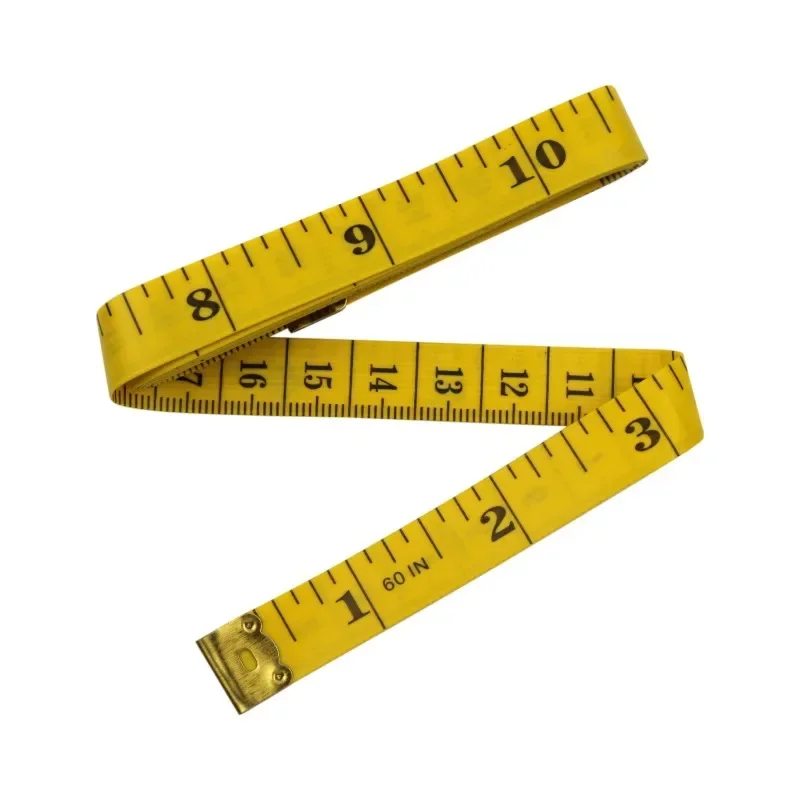 Selecting the Right Tape Measure for Your Needs
Selecting the Right Tape Measure for Your Needs
Choosing the Appropriate Length
Tape measures come in various lengths, typically ranging from 12 feet to 100 feet. Selecting the appropriate length is crucial based on the scope of your projects. For most DIY and home improvement tasks, a 25-foot or 30-foot tape measure is sufficient. However, for large-scale construction or extensive landscaping projects, longer tape measures may be necessary to accommodate extended measurements without the need for multiple measurements or extensions. Choosing the right length ensures that tape measure measurement are practical and effective for your specific needs.
Evaluating Tape Material and Durability
The material of the tape measure affects its durability and flexibility, which in turn impacts the accuracy of tape measure measurement. Steel tapes are known for their strength and rigidity, making them suitable for heavy-duty construction tasks. Fiberglass tapes offer greater flexibility and resistance to twisting, making them ideal for use in various environments. Selecting a tape measure made from high-quality materials ensures that it withstands wear and tear, maintaining the integrity of tape measure measurement over time and across different applications.
Assessing Measurement Markings and Clarity
Clear and precise measurement markings are vital for accurate tape measure measurement. Look for tape measures with finely printed or engraved markings that are easy to read, even in low-light conditions. High contrast between the markings and the tape ensures visibility, reducing the likelihood of misreading measurements. Additionally, markings that include both imperial and metric units enhance versatility, allowing for accurate tape measure measurement across a range of project requirements. Assessing the clarity and quality of measurement markings ensures that tape measure measurements are reliable and easy to interpret.
Considering Additional Features for Enhanced Use
Modern tape measures come with a variety of additional features that enhance their functionality and ease of use. Features such as magnetic hooks, belt clips, and flush hooks provide added convenience and stability during measurements. Magnetic hooks allow the tape to adhere to metal surfaces, facilitating one-person measurements and improving accuracy. Belt clips enable hands-free carrying, ensuring that the tape measure is always within reach. Flush hooks eliminate gaps at the end of the tape, allowing for precise tape measure measurements starting from the exact edge of an object. Considering these additional features can enhance the overall usability and accuracy of tape measure measurement in various projects.
Practical Applications
Flooring Installation
Installing flooring, whether hardwood, laminate, or tile, requires precise tape measure measurement to ensure that each piece fits correctly and the overall layout is even. Accurate measurements help in determining the amount of material needed, minimizing waste and reducing costs. Additionally, precise tape measure measurements are essential for aligning flooring patterns and ensuring that transitions between different flooring types are seamless. By employing accurate tape measure measurement, installers can achieve a professional and aesthetically pleasing finish.
Roofing and Insulation
Roofing and insulation projects involve extensive tape measure measurement to ensure proper coverage and fit. Accurate measurements are essential for calculating the amount of roofing material needed, ensuring that there are no gaps or overlaps that could lead to leaks or inefficiencies. In insulation installation, precise tape measure measurement help in cutting insulation materials to the correct size, ensuring optimal coverage and energy efficiency. By mastering tape measure measurement, professionals can execute roofing and insulation projects with greater accuracy and reliability.
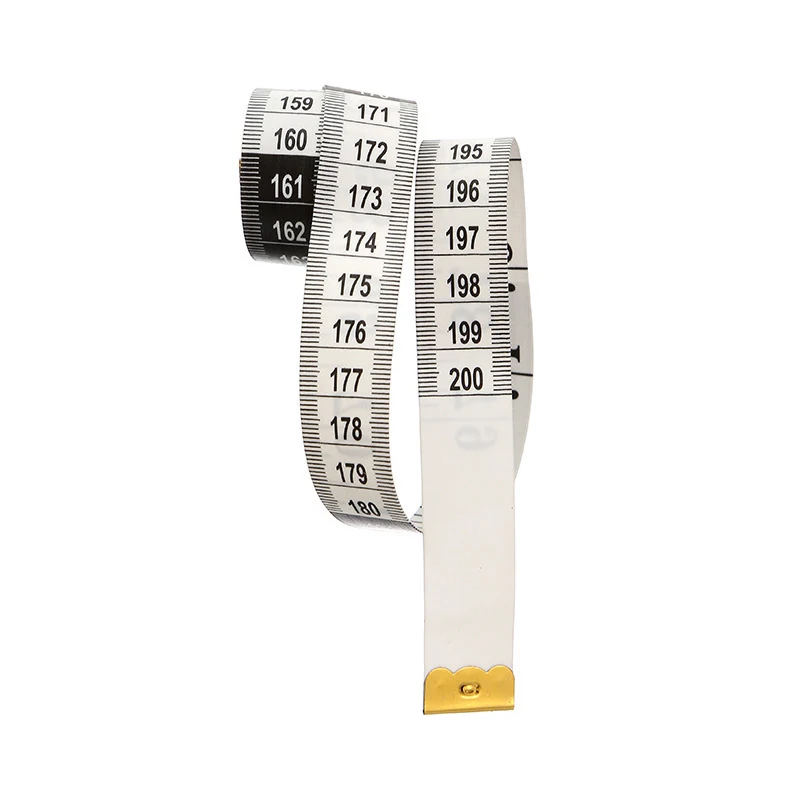 Common Mistakes to Avoid
Common Mistakes to Avoid
Rounding Off Measurements
One common mistake is rounding off tape measure measurement to the nearest whole inch or major fraction, which can lead to inaccuracies in critical tasks. While rounding may be acceptable for rough estimates, precise projects require exact measurements. Relying on detailed tape measure measurement, including smaller increments such as eighths or sixteenths of an inch, ensures greater accuracy and reduces the likelihood of measurement-related errors.
Neglecting to Extend the Tape Fully
Failing to extend the tape measure fully can result in incomplete or inaccurate measurements. Always ensure that the tape is fully extended to capture the complete length between the starting point and the end point. Partial extensions can lead to underestimations or overestimations, compromising the accuracy of tape measure measurement. By consistently extending the tape fully, you ensure that measurements are comprehensive and reliable.
Ignoring the Tape Hook Adjustment
Most tape measures feature a hook at the end that can move inward and outward to account for its thickness. Ignoring this adjustment can lead to measurement errors, especially when measuring from an edge to an edge. To ensure accurate tape measure measurement, adjust the hook properly by either using the hook’s flexibility to account for its own thickness or by setting it securely against the object’s edge. Understanding and utilizing the tape hook adjustment is crucial for precise measurements.
Using a Damaged Tape Measure
Using a tape measure with visible damage, such as bent markings, frayed edges, or a damaged hook, can compromise the accuracy of tape measure measurement. Damaged tape measures can lead to misreadings and inconsistent measurements, affecting the quality of your project. Regularly inspect your tape measure for signs of wear and tear, and replace it if necessary to ensure that your measurements remain accurate and dependable.
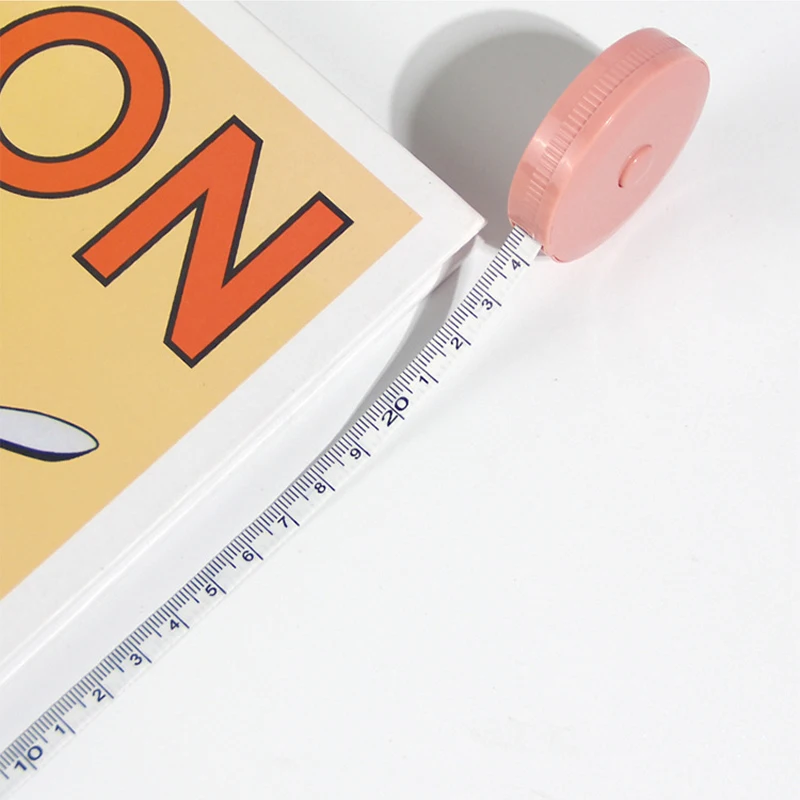 Enhancing Efficiency
Enhancing Efficiency
Streamlining Workflow with Accurate Measurements
Accurate tape measure measurements streamline workflow by reducing the need for repeated measurements and minimizing errors. With precise measurements, tasks can be completed more swiftly and efficiently, saving time and resources. This efficiency is particularly beneficial in professional settings where multiple projects are underway, allowing for faster turnaround times without compromising on quality. By prioritizing accurate tape measure measurements, you can enhance the overall productivity and effectiveness of your workflow.
Reducing Material Waste through Precision
Precision in tape measure measurements directly contributes to reducing material waste. Accurate measurements ensure that materials are cut and used efficiently, minimizing excess and unnecessary waste. This not only conserves resources but also lowers costs associated with purchasing additional materials to compensate for inaccurate cuts. By maintaining precise tape measure measurements, you contribute to a more sustainable and cost-effective approach to project execution.
Frequently Asked Questions
Can I Use a Tape Measure for Both Metric and Imperial Measurements?
Yes, many tape measures feature both metric and imperial measurements, allowing for versatile use across different projects. Typically, one side of the tape displays inches and feet, while the other side shows centimeters and meters. This dual functionality enables accurate tape measure measurements in various unit systems, catering to international and diverse project requirements. When using a tape measure with dual units, ensure that you are reading the correct side to maintain the accuracy of your measurements.
How Can I Prevent Tape Measure Measurements from Fading?
To prevent tape measure measurements from fading, store your tape measure in a cool, dry place away from direct sunlight, which can cause the markings to degrade over time. Regularly clean the tape with a dry cloth to remove dirt and debris that can obscure the measurements. For added protection, consider using a tape measure with engraved or coated markings that resist fading. Additionally, handle the tape measure with care to prevent scratches or abrasions that can wear down the measurements. By taking these preventive measures, you can maintain the clarity and accuracy of tape measure measurements for extended periods.
What Should I Do If My Tape Measure Gives Inaccurate Readings?
If your tape measure gives inaccurate readings, first inspect it for any visible damage, such as bent or broken markings, a loose hook, or a twisted tape. Clean the tape measure thoroughly to remove any debris that may be affecting the measurements. If the tape appears to be damaged or misaligned, consider replacing it to ensure accurate tape measure measurements. Additionally, regularly calibrate your tape measure by comparing its measurements to a known standard, such as a calibrated ruler, to verify its accuracy. Maintaining your tape measure and addressing any issues promptly helps ensure reliable and precise tape measure measurements.
 Conclusion
Conclusion
In conclusion, mastering tape measure measurements is fundamental to achieving precision and excellence in a wide array of projects. From construction and woodworking to DIY home improvements and creative crafting, accurate tape measure measurements enhance the quality and functionality of your work. By understanding the basics, employing advanced techniques, selecting the right tools, and maintaining your tape measure, you can ensure that every measurement contributes to the success of your projects. Embrace the importance of tape measure measurements, and elevate your craftsmanship to new levels of accuracy and professionalism.
